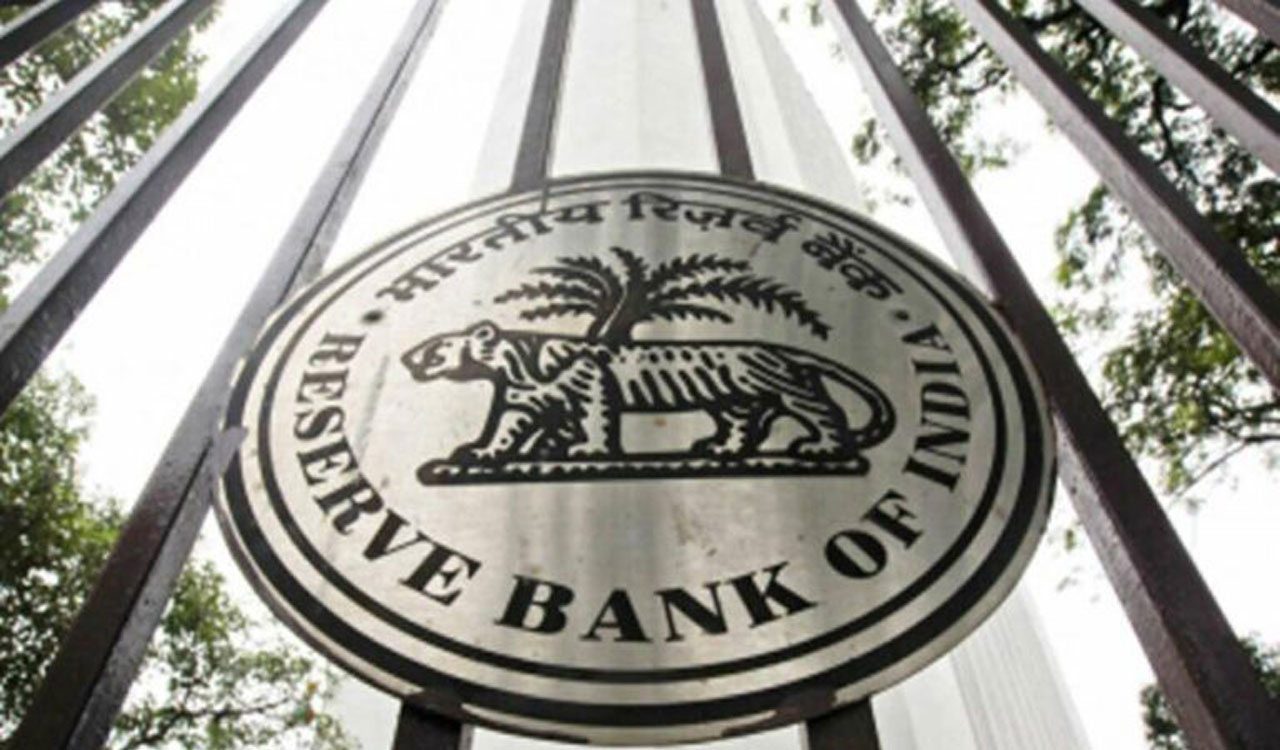
As per the revised norms, banks will have to classify their entire investment portfolio under three categories -- Held to Maturity (HTM), Available for Sale and Fair Value through Profit and Loss
Published Date - 09:47 PM, Tue - 12 September 23
Mumbai: The RBI on Tuesday issued revised norms for classification, valuation, and operation of investment portfolios of commercial banks, aligning them with global standards and best practices.
The revised ‘Reserve Bank of India (Classification, Valuation and Operation of Investment Portfolio of Commercial Banks) Directions, 2023′ will be applicable from April 1, 2024, to all Commercial Banks excluding Regional Rural Banks.
The revised directions include principle-based classification of investment portfolio, tightening of regulations around transfers to/from held to maturity (HTM) category and sales out of HTM, inclusion of non-SLR (statutory liquidity ratio) securities in HTM subject to fulfilment of certain conditions and symmetric recognition of gains and losses.
As per the revised norms, banks will have to classify their entire investment portfolio under three categories — Held to Maturity (HTM), Available for Sale (AFS) and Fair Value through Profit and Loss (FVTPL).
“Held for Trading (HFT) shall be a separate investment subcategory within FVTPL. The category of the investment shall be decided by the bank before or at the time of acquisition and this decision shall be properly documented,” the Reserve Bank said.
Banks are currently required to follow regulatory guidelines on classification and valuation of investment portfolio, which are based on framework issued in October 2000 drawing upon the then prevailing global standards and best practices.
In view of the significant development in global financial reporting standards, the linkages with the capital adequacy framework as well as progress in the domestic financial markets, revised regulatory framework for the investment portfolio has been issued, the RBI said.
The directions, it said are expected to enhance the quality of banks’ financial reporting, improve disclosures, provide a fillip to the corporate bond market, facilitate the use of derivatives for hedging, and strengthen the overall risk management framework of banks.





Leave a Reply